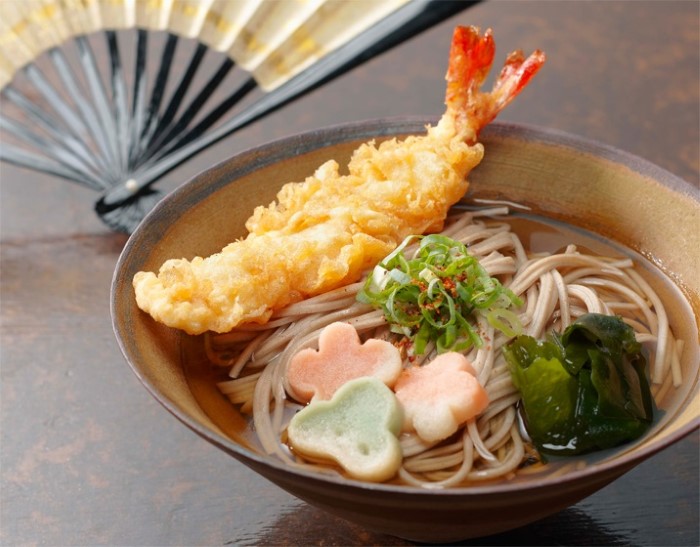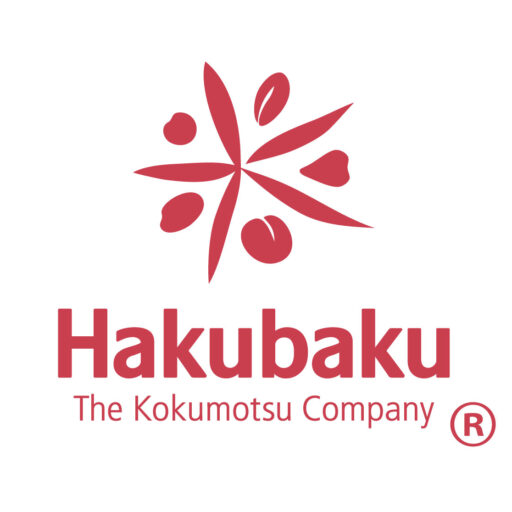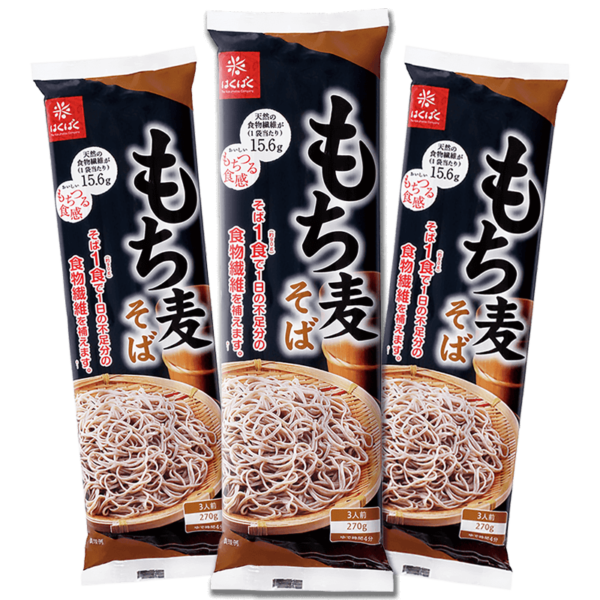
Toshikoshi soba noodles are one of Japan’s unique New Year’s customs, and the delicious buckwheat noodles are enjoyed directly on New Year’s Eve. The tradition started around the Edo period (1603-1867), and there are several traditions that long soba noodles symbolize a long life. The buckwheat plant can survive severe weather during its growth period, and so soba represents strength and resilience.
Soba noodles are easier to cut when eating compared to the other noodles. This means and implies cutting and letting go of the hardship of the old year to welcome the new year.
Start with a clean slate in the New Year
The New Year in Japan is about beginning with a fresh, clean slate. Omisoka is the Japanese expression for New Year’s Eve. To start the new year with a fresh mind, families and kids come together to clean up the entire house (called osoji – big cleaning). Most everyone in the country uses the last few days of the old year to make preparations for osechi ryori , with special decorations and rituals for New Year’s Day.
Many people go back to their hometowns during this time. It might be interesting for you to see that usually busy and hectic Tokyo suddenly become so quiet and empty. Such is the essence of Toshikoshi Soba – starting out simple with a hot soba noodle dish that is healthy and easy to make, and just happens to be a bowl full of symbolism.
The soba noodle dish served on New Year’s Eve is usually in its simplest form – buckwheat soba noodles served in a hot dashi broth with finely chopped scallions. The basic tradition of Toshikoshi Soba can be taken to the next level by adding in tempura, fish cakes, or raw egg. We believe the New Year should also start out deliciously!
How to Make the Perfect bowl of New Year’s Soba : Toshikoshi Soba Noodles
Ingredients
Soup Broth:
1.5L bonito or kombu kelp dashi stock SEE RECIPE>>
200ml soy sauce
100ml mirin
1 tbsp sugar
300ml tsuyu (optional)
Noodles:
200g soba buckwheat Soba noodles BUY NOW>
100g spring onions
20g tempura flakes
150g kamaboko fish cake (optional)
How To Prepare
- In a large pan, make your dashi stock. Next, add the mirin and simmer gently for a few minutes. Now add the sugar and let it dissolve before adding the soy sauce. This makes the soup for your soba noodles.
- In a separate pan bring 1l of water to the boil. Add the soba, stir them slightly to make sure they’re all spread out around the pot. Reduce the heat to a simmer and cook for around 8 minutes. Cooking times may vary depending on your noodles, so check the instructions on the packet.
- Drain the noodles and rinse them in cold water, gently rubbing the noodles to remove any excess starch on the surface. Next, thinly slice the spring onions and any other garnishes.
- Gently re-heat the stock and pour into bowls, then add the noodles and garnish with your spring onions and tempura flakes.
Tips and Information
- Want something crunchy? Make some tempura shrimp for a non-traditional taste!
- If you’d like to make your New Year’s Soba extra special, why not serve it with some Japanese Marinated Duck? Duck is a traditional accompaniment to soba and is easy to make in advance.



